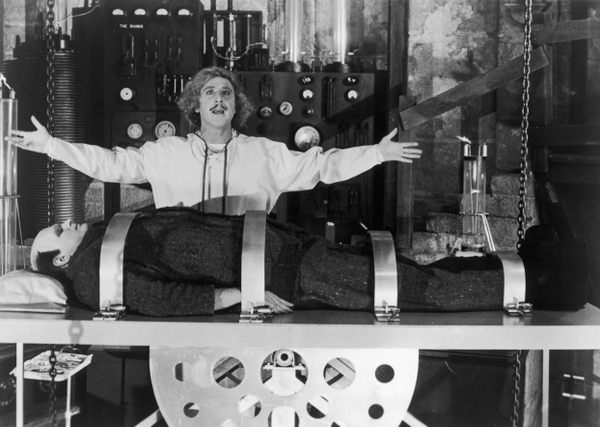Key insights
-
1
Historical Context
The 'mad scientist' trope has its roots in the 19th century, particularly in Gothic literature, where characters like Dr. Frankenstein became iconic figures of scientific hubris.
-
2
Media Evolution
Throughout the 20th century, the mad scientist figure appeared in various forms of media, including films, comics, and television shows, often reflecting societal anxieties about technological advancements and ethical boundaries.
-
3
Modern Interpretations
In contemporary culture, the mad scientist is often portrayed with more nuance, sometimes as a misunderstood genius or a sympathetic character, reflecting a more complex understanding of science and ethics.
Takeaways
The 'mad scientist' archetype has undergone significant evolution from its origins in early literature to its modern-day representations. This character now embodies a complex mix of fear, fascination, and sympathy, mirroring society's evolving relationship with science and technology.

